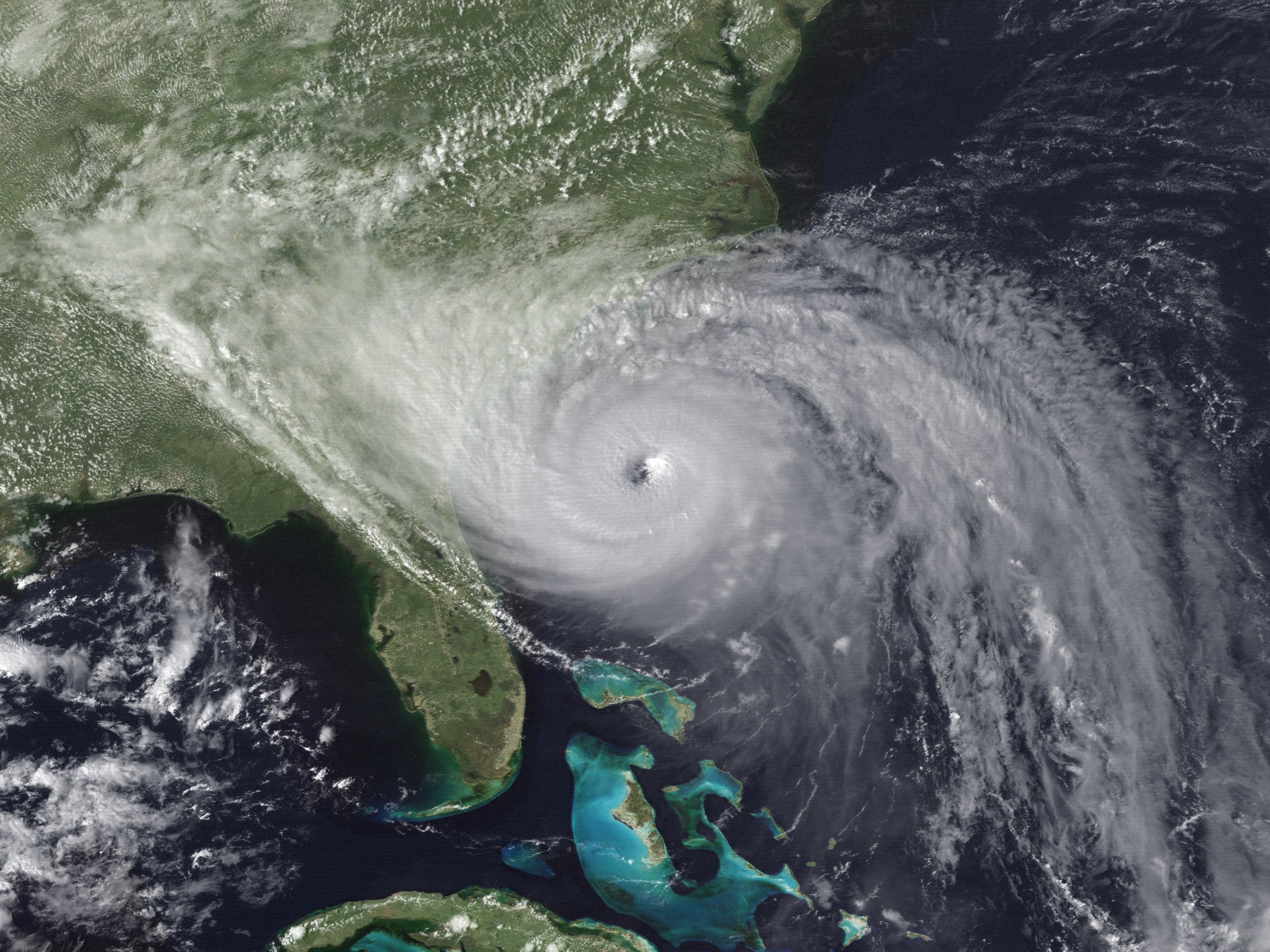HURREVAC is an end-product of the National Hurricane Program’s Hurricane Evacuation Studies. Its origins date back to a program called ‘Decide’ that was developed in 1987 by John F. Townsend, a meteorologist employed by the National Weather Service in Charleston, SC. The purpose of ‘Decide’ was to couple NHC’s forecast track data with HES clearance times and compute Evacuation Decision Times for South Carolina. Early use of the program came with Hurricane Hugo in 1989.
FEMA, together with the other federal partners of the National Hurricane Program have supported HURREVAC operations, maintenance, and enhancement throughout the program’s 35+ year history.
In the initial years, HURREVAC was in DOS with rudimentary graphics. Separate versions of the program had to be developed for each state. As DOS graphics improved from CGA to VGA, storm surge inundation maps were digitized and incorporated into the program. A separate wind decay tool was also developed for inland counties.

The next major platform for HURREVAC was released in 1998 and targeted Windows 95/98/NT. This consolidated program (called HurWin95) was adaptable for each state through the use of plug-ins for evacuation times and inundation graphics. It also combined coastal HURREVAC and the HURREVAC Inland Winds program into one new program.
The scope and capabilities the program continued to grow and several years later it took on a new name of Hurrevac2000. Hurrevac2000’s launch marked the beginning of East and Central Pacific storm tracking capability as well as the incorporation of rainfall forecasts, the first of a number of inland flooding tools that have been added over the years.
In 2007 FEMA and USACE, together with Sea Island Software, began to explore HURREVAC modernization. Users of the program were surveyed and a 5-year strategic plan developed. Reprogramming of HURREVAC for Microsoft’s .NET platform began in 2008 and the Hurrevac2010 platform fully replaced the old program beginning in 2012.
Development of the current platform (originally called HVX) started in 2013, as the result of a National Hurricane Program technological gap analysis conducted by DHS Science and Technology. Massachusetts Institute of Technology, Lincoln Labs (MIT-LL) was the prototype developer for this new web browser-based platform. HVX debuted as an operational product during the 2019 hurricane season while legacy desktop HURREVAC continued to be offered as a redundant system. Beginning with the 2020 hurricane season, the web-based platform became the sole operational tool and is simply referred to as ‘HURREVAC’. The development team continues to enhance the program with new features, while keeping pace with the NHC’s new forecast products and the latest HES data.
This is off canvas menu widget area. To enable it add some widgets into Appearance – Widgets – Menu Section, and go to Customizer – Main menu to set the icon position.
Official HURREVAC program support site maintained by Sea Island Software, Inc., with funding from FEMA, the U.S. Army Corps of Engineers, and NOAA